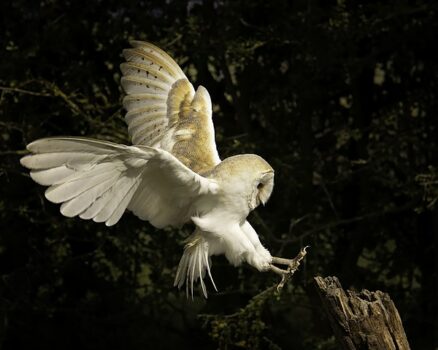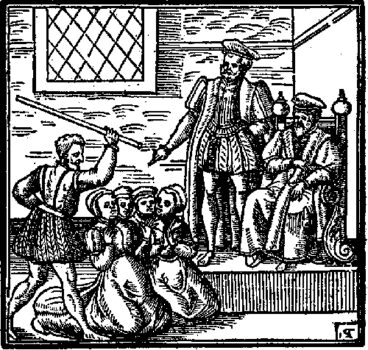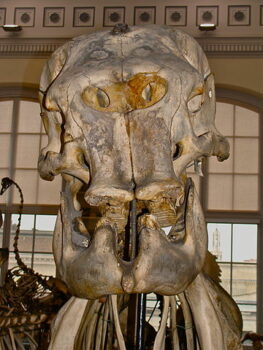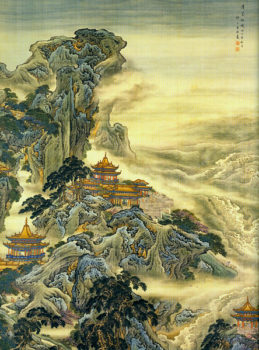A bite to be truly terrified of.

What if the bite from a wild animal could bring on hallucinations, paranoia and fear of water? Would your first thought be that you had been taken over by a raft of microscopic organisms? Rabies is a disease caused by the rabies virus. It is passed on from domestic or wild animals to humans through saliva, usually from bites or scratches. [ref] http://conditions.health.qld.gov.au/HealthCondition/condition/14/217/118/rabies [/ref] In Mesopotamia, 4000 years ago, it was known that there was a link between the bite of a rabid dog and a person’s death [ref] https://www.ncbi.nlm.nih.gov/pmc/articles/PMC6082082/ [/ref] There was also a belief in Mesopotamia that dogs became more rabid when a lunar eclipse occurred at the year’s end. Though the link was understood for thousands of years, it took until the nineteenth century for a vaccine to be developed. Even so, it was only effective before full symptoms have occurred. [ref] https://jnnp.bmj.com/content/73/1/82 [/ref] Once the virus reaches a person’s brain it is inevitably fatal, even to this day. [ref] https://www.travelvax.com.au/latest-news/rabies-there-are-no-short-cuts [/ref] It is not hard to see how this real life disease could feed people’s fears and make them think of the supernatural. The case of being bitten and then turning into a twisted, distorted visage… Continue reading










